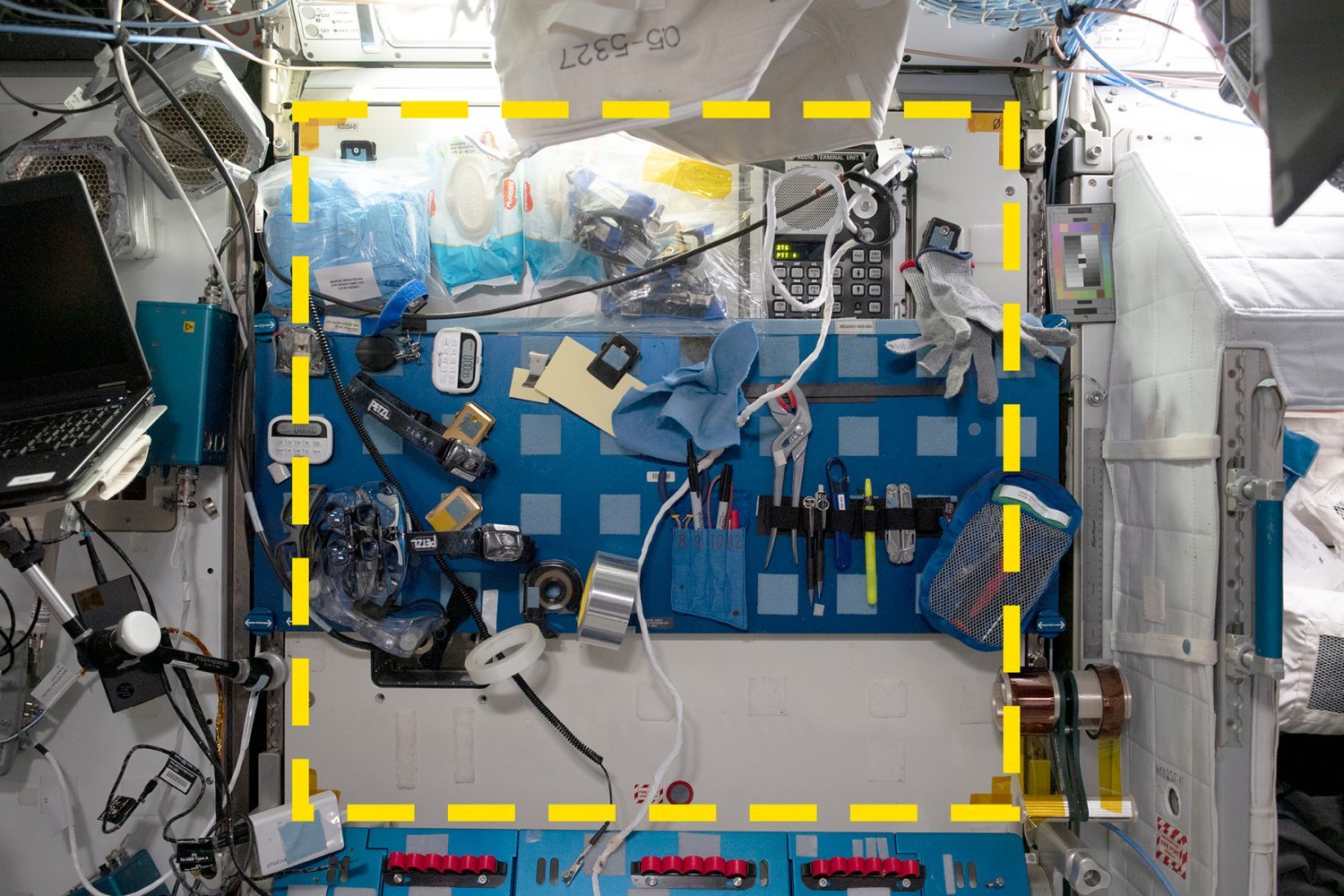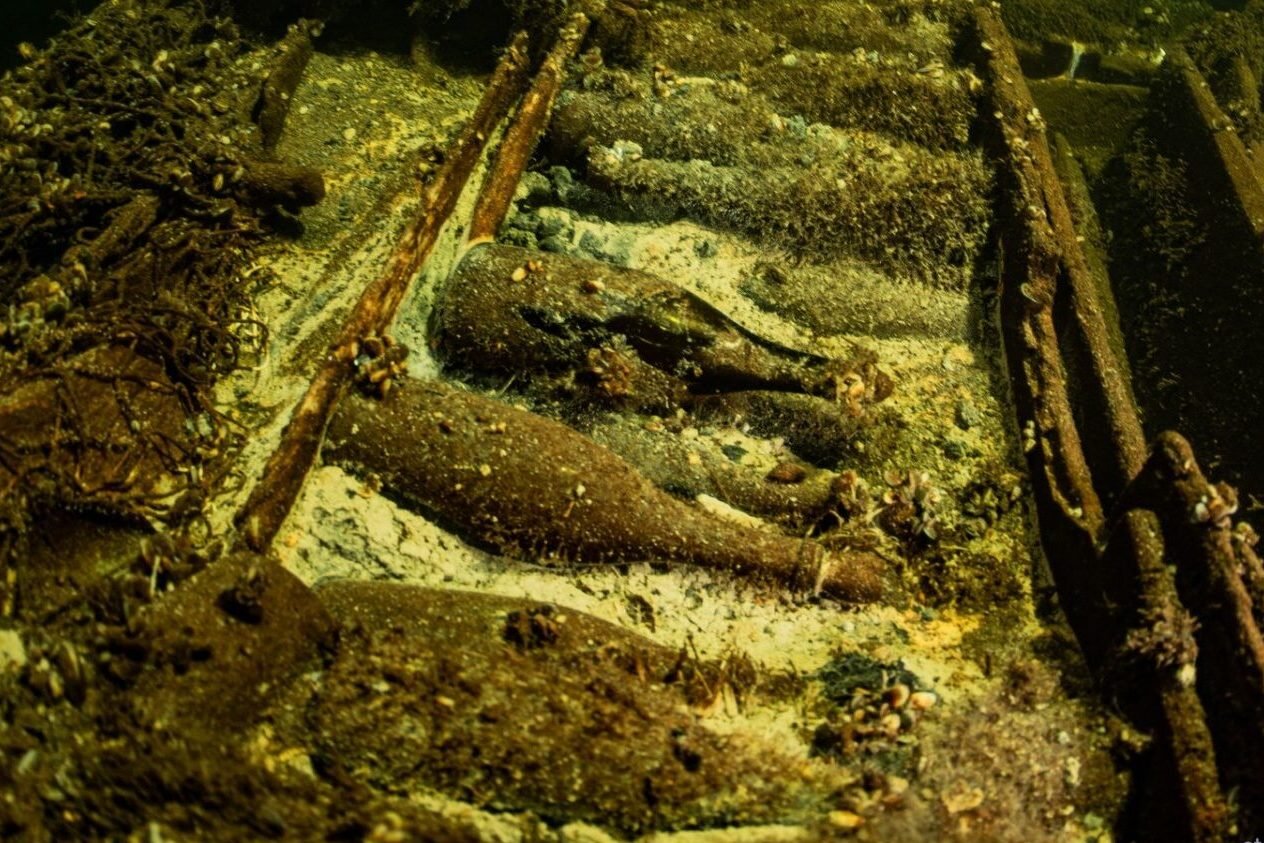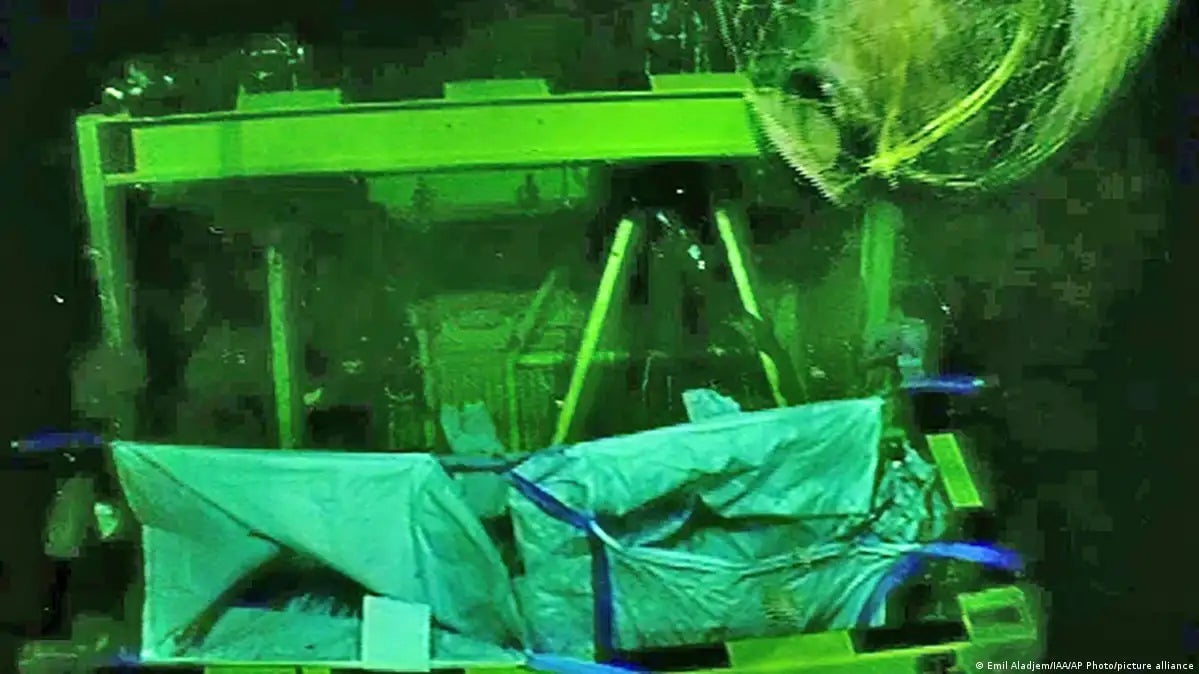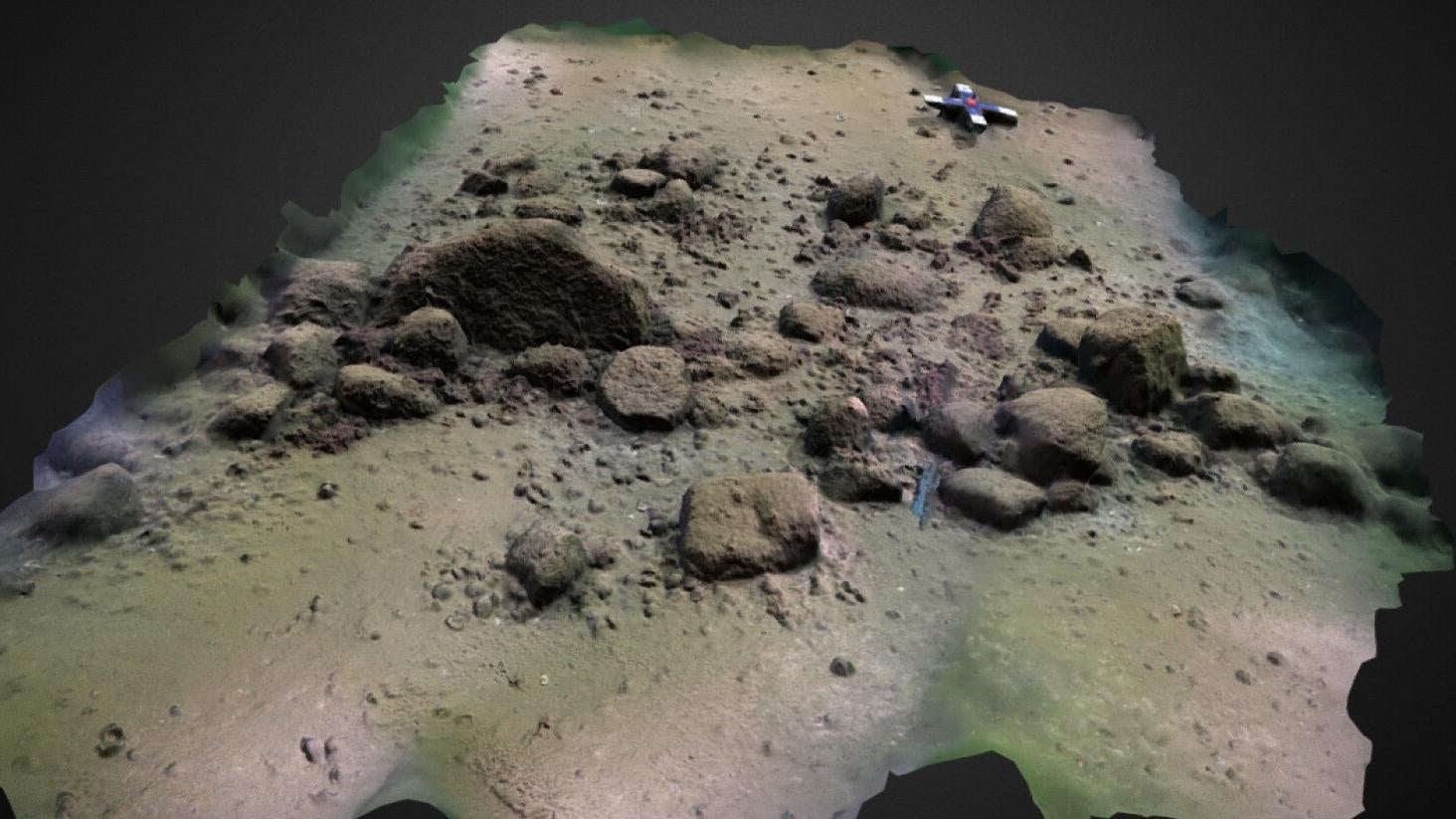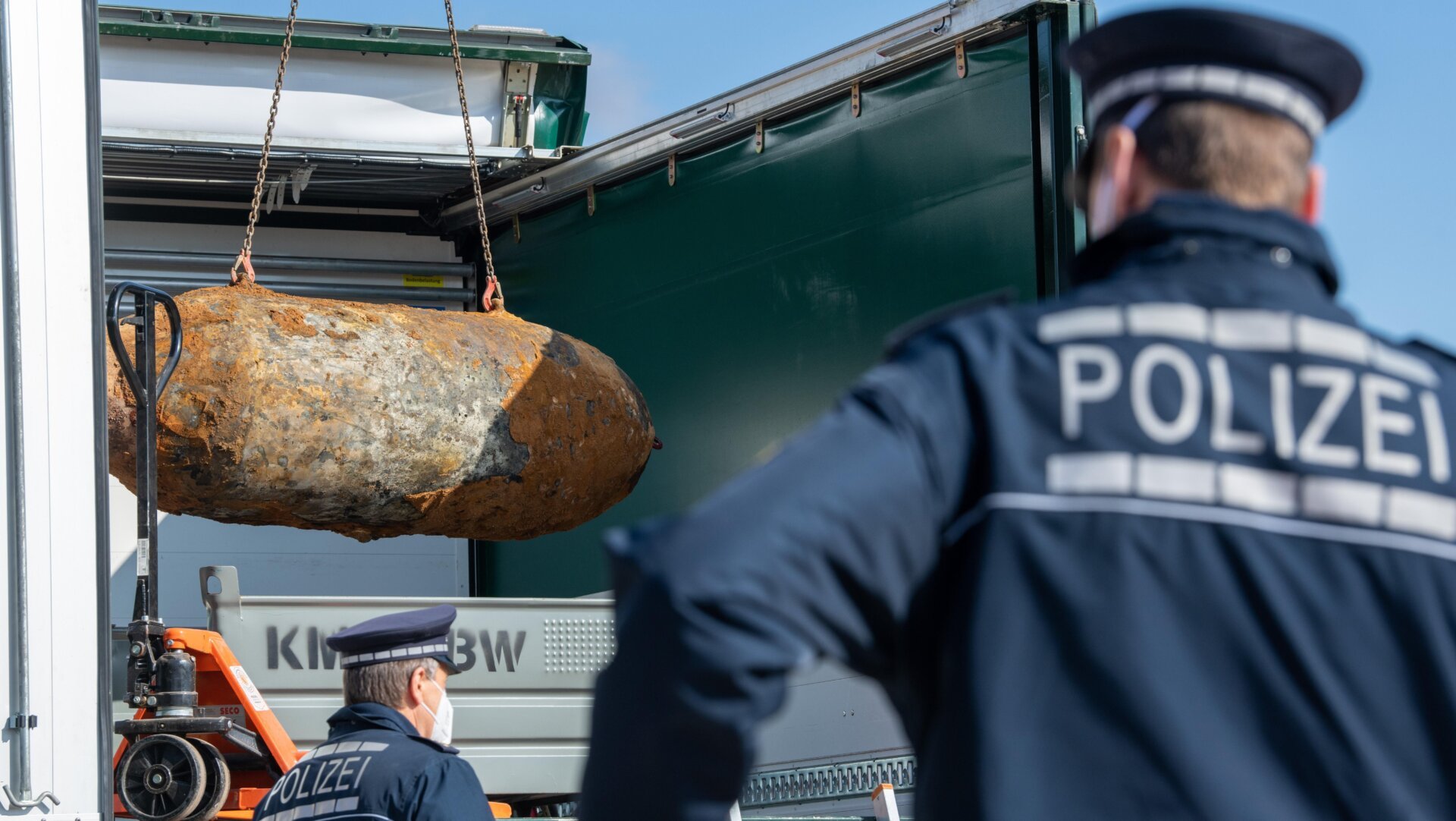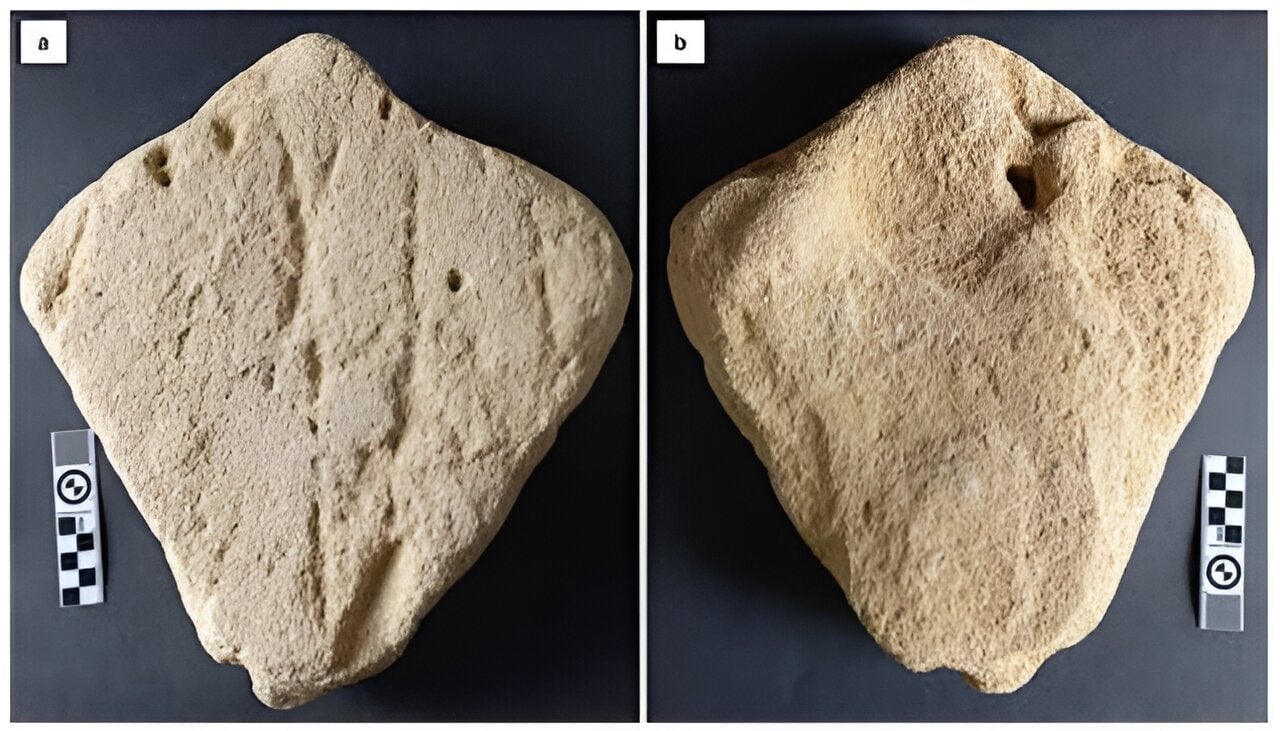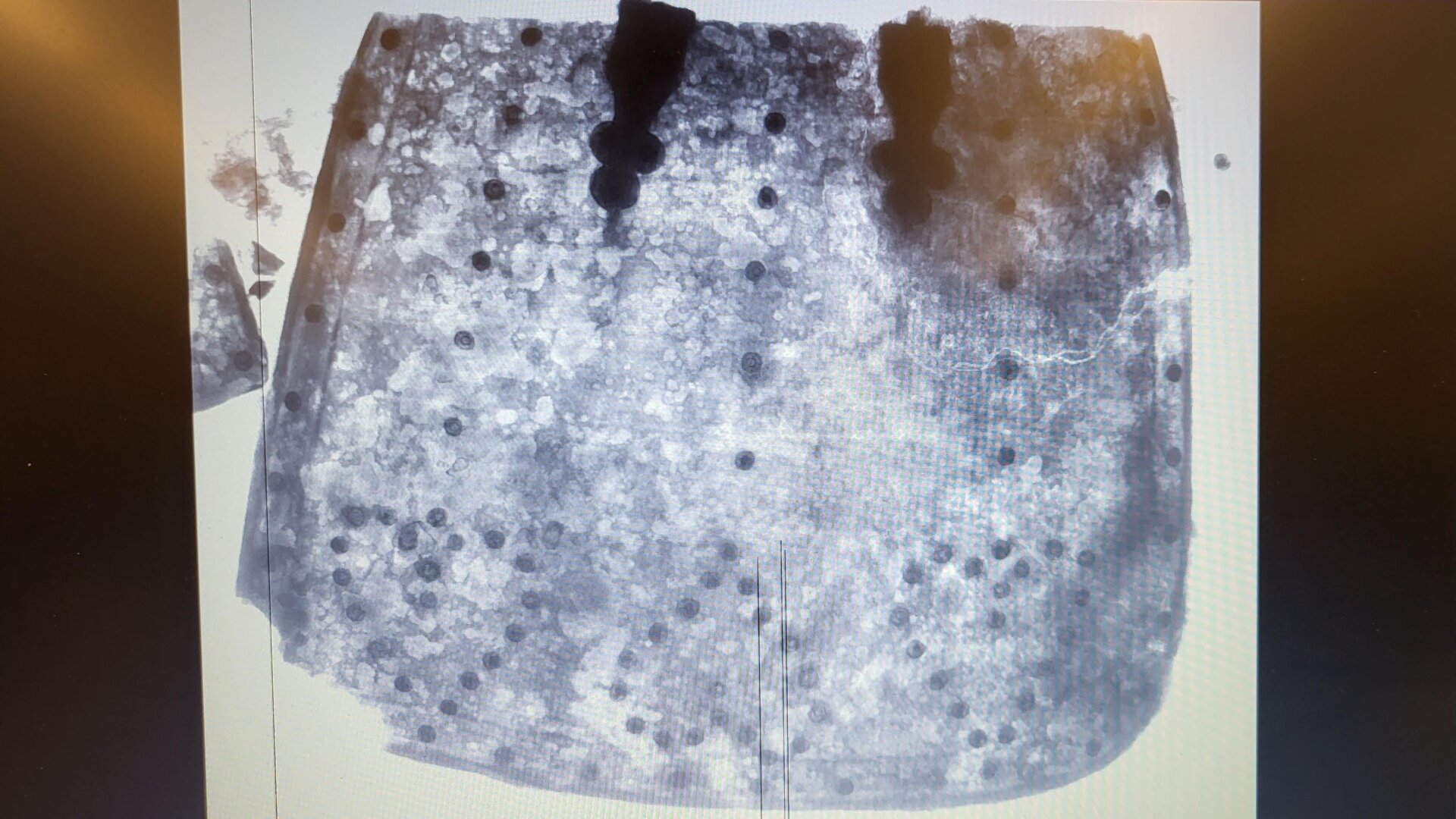The field of archaeology typically evokes images of ancient civilizations and lost artifacts. However, a groundbreaking study has taken this discipline to a new frontier: space. The Sampling Quadrangle Assemblages Research Experiment (SQuARE) represents the first archaeological survey conducted on the International Space Station (ISS), orbiting approximately 254 miles (408 km) above Earth. The study, published in PLOS One, examines two specific areas within the ISS: a designated maintenance area and a general-use zone near the restroom and exercise equipment.
Unforeseen Uses of Space on the ISS
The research reveals a fascinating disconnect between the intended purpose of designated spaces and how they are actually utilized by astronauts. The 60-day survey period showed the maintenance area was rarely used for maintenance and only minimally for scientific activities.
“It functioned more as a storage area, similar to a pegboard in a garage or shed, facilitated by the abundance of Velcro in that location,” explains Justin Walsh, lead author of the study, archaeologist at Chapman University, and founder and co-director of the International Space Station Archaeological Project.
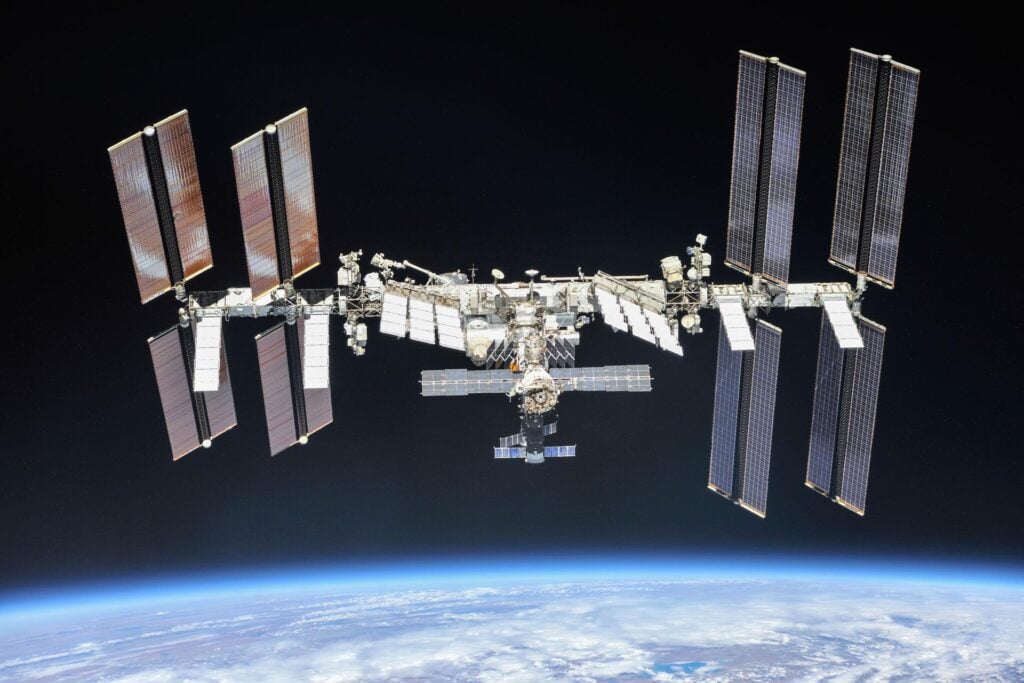 The ISS seen above Earth.ISS orbiting Earth. Image: NASA/Roscosmos
The ISS seen above Earth.ISS orbiting Earth. Image: NASA/Roscosmos
This observation challenged the assumptions derived from archival photos, which primarily depicted the workstation during active use, creating a skewed perception of its function. “This highlighted the discrepancy between historical photographs and long-term usage patterns,” Walsh adds.
From Archival Review to On-Station Archaeology
The SQuARE project, initiated in 2015, began as a retrospective analysis of space utilization on the ISS based on existing imagery. However, the limitations of this approach led to the decision to conduct an on-station archaeological survey. Securing approval from the ISS National Laboratory proved remarkably swift, taking less than a year to get the project operational aboard the station.
“We believe our project might have been one of the fastest, from proposal to execution, in the history of the ISS,” Walsh notes.
The fieldwork was conducted between January and March 2022. The second research area, a previously unremarkable wall near the restroom and exercise equipment, was repurposed by one crew member for personal toiletries. This highlights a practical challenge astronauts face, as Walsh points out, “Storage for personal items seems to have been an afterthought in the ISS design, and it’s an issue every astronaut has to navigate.”
Future Implications for Space Habitat Design
While the initial publication focuses on two of the survey squares, the team plans to release findings from other areas next year. The study yields several significant conclusions. First, it demonstrates the feasibility of conducting rigorous archaeological research in space, even with researchers based on Earth.
Astronaut working on the ISS.Astronaut conducting maintenance on the ISS. Image: NASA
Second, it underscores the human tendency to adapt and utilize spaces in unexpected ways. This echoes everyday experiences, such as designating a countertop as “the mail spot.” This underscores the dynamic nature of how spaces acquire meaning and function.
“Lastly, we’ve provided valuable insights for future space station designers,” Walsh states. “We’ve identified important but often overlooked aspects of space habitation.” Considering the ISS’s immense cost, learning from its design and usage patterns is crucial for future space habitats.
Lessons for Lunar Gateway and Beyond
With the ISS scheduled for decommissioning and deorbiting in 2030, the timing of these findings is particularly relevant. Concerns exist about the readiness of commercial alternatives to the ISS. Moreover, the development of Lunar Gateway, the planned lunar space station, will benefit from these insights as humanity establishes a semi-permanent presence on the Moon.
The archaeological study of the ISS will soon transition into a more traditional form of archaeology as the station becomes a historical artifact. The lessons learned from how humans lived and worked on this unique research platform are essential as we venture further into the realm of space exploration.



